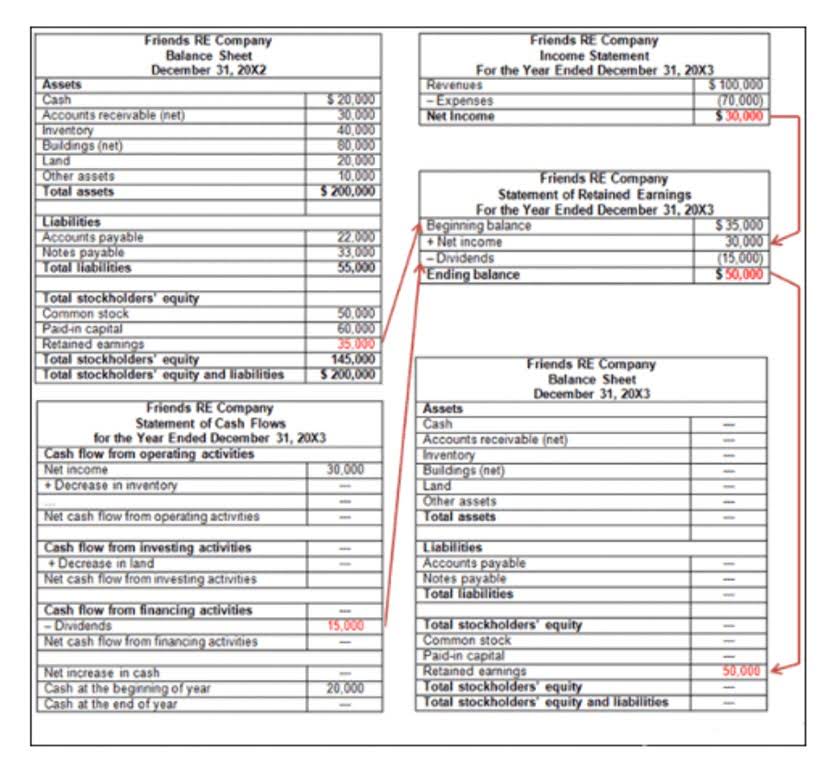
Temporary accounts include all revenue and expense accounts, and also withdrawal accounts of owner/s in the case of sole proprietorships and partnerships (dividends for corporations). Let us understand how income summary closing entries are passed. Before passing those entries, there are a few processes and steps to be followed to reach that stage. Let us understand how to calculate the income of a company or an individual through the discussion below. It is also commonly found that an income summary is confused with an income statement. Despite the fact that both provide insights into the financial health of an organization or an individual, the former is a temporary account and the latter is a permanent account.
Permanent Versus Temporary Accounts
The debit to income summary should agree to total expenses on the Income Statement. The net amount transferred into the income summary account equals the net profit or net loss that the business incurred during the period. Thus, shifting revenue income summary out of the income statement means debiting the revenue account for the total amount of revenue recorded in the period, and crediting the income summary account. After Paul’s Guitar Shop prepares its closing entries, the income summary account has a balance equal to its net income for the year. This balance is then transferred to the retained earnings account in a journal entry like this. If the resulting balance in the account is a profit (a credit balance), debit the income summary account and credit the retained earnings account to shift the profit into retained earnings.
- We now close the Distributions account to Retained Earnings.
- HighRadius offers a cloud-based Record to Report solution that helps accounting professionals streamline and automate the financial close process for businesses.
- We call this trial balance the post-closing trial balance.
- What did we do with net income when preparing the financial statements?
- In the last credit or debit balance, whatever may become, it will be transferred into retained earnings or capital account in the balance sheet, and the income summary will be closed.
Fermer revenue accounts
- If the balances in the expense accounts are debits, how do you bring the balances to zero?
- This serves as an excellent way for businesses to keep their financial records organized and start fresh each year.
- In a corporation’s case, one must close the retained earnings account.
- The income summary account is an account that receives all the temporary accounts of a business upon closing them at the end of every accounting period.
- To close that, we debit Service Revenue for the full amount and credit Income Summary for the same.
Thus, accumulating revenue and spending totals before the resulting profit or loss is passed through to the retained earnings account. It can, https://www.bookstime.com/ however, provide a useful audit trail by demonstrating how these aggregate amounts were carried through to retained earnings. Dividends are close to the income summary and retained earnings. Therefore, the retained earnings account shows the earnings that are kept, net income fewer dividends in the business. Moreover, the closing procedure shows that revenue, expense, and dividend accounts are retained earnings subcategories.

For sole proprietorships and partnerships:
- The income summary account is then canceled out and its balance is transferred to the retained earnings (for corporations) or capital accounts (for partnerships).
- The income summary account does not appear on any financial statement.
- This account follows the double-entry system of bookkeeping.
- Next, if the Income Summary has a credit balance, the amount is the company’s net income.
- All drawing accounts are closed to the respective capital accounts at the end of the accounting period.
- A high level of total current income, for example, combined with a relatively low level of income from the major operating activities may imply reduced total income in the future.
In contrast, when there is a loss incurred, the debit side has more value than the credit side of the account. The trial balance, after the closing entries are completed, is now ready for the new year to begin. We call this trial balance the post-closing trial balance. Think back to all the journal entries you’ve completed so far. Have you ever done an entry that included Retained Earnings? If you have only done journal entries and adjusting journal entries, the answer is no.


After logging in you can close it and return to this page. Our T-account for Retained Earnings income summary account now has the desired balance. The balance in Retained Earnings was $8,200 before completing the Statement of Retained Earnings. According to the statement, the balance in Retained Earnings should be $13,000.
- Each of these accounts must be zeroed out so that on the first day of the year, we can start tracking these balances for the new fiscal year.
- The earnings transfer also closes the income summary account.
- While some businesses would be very happy if the balance in Notes Payable reset to zero each year, I am fairly certain they would not be happy if their cash disappeared.
- In contrast, the income statement is a detailed financial statement that reports a company’s total revenues, expenses, and net income or loss over a specific period.
- The debit to income summary should agree to total expenses on the Income Statement.

